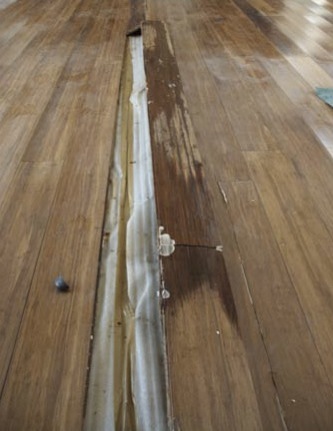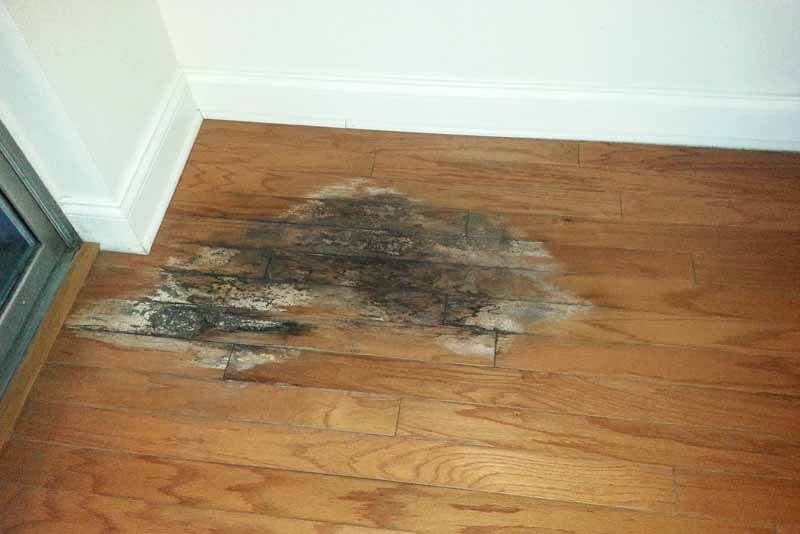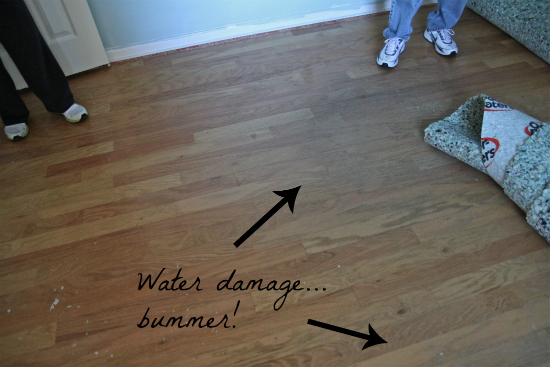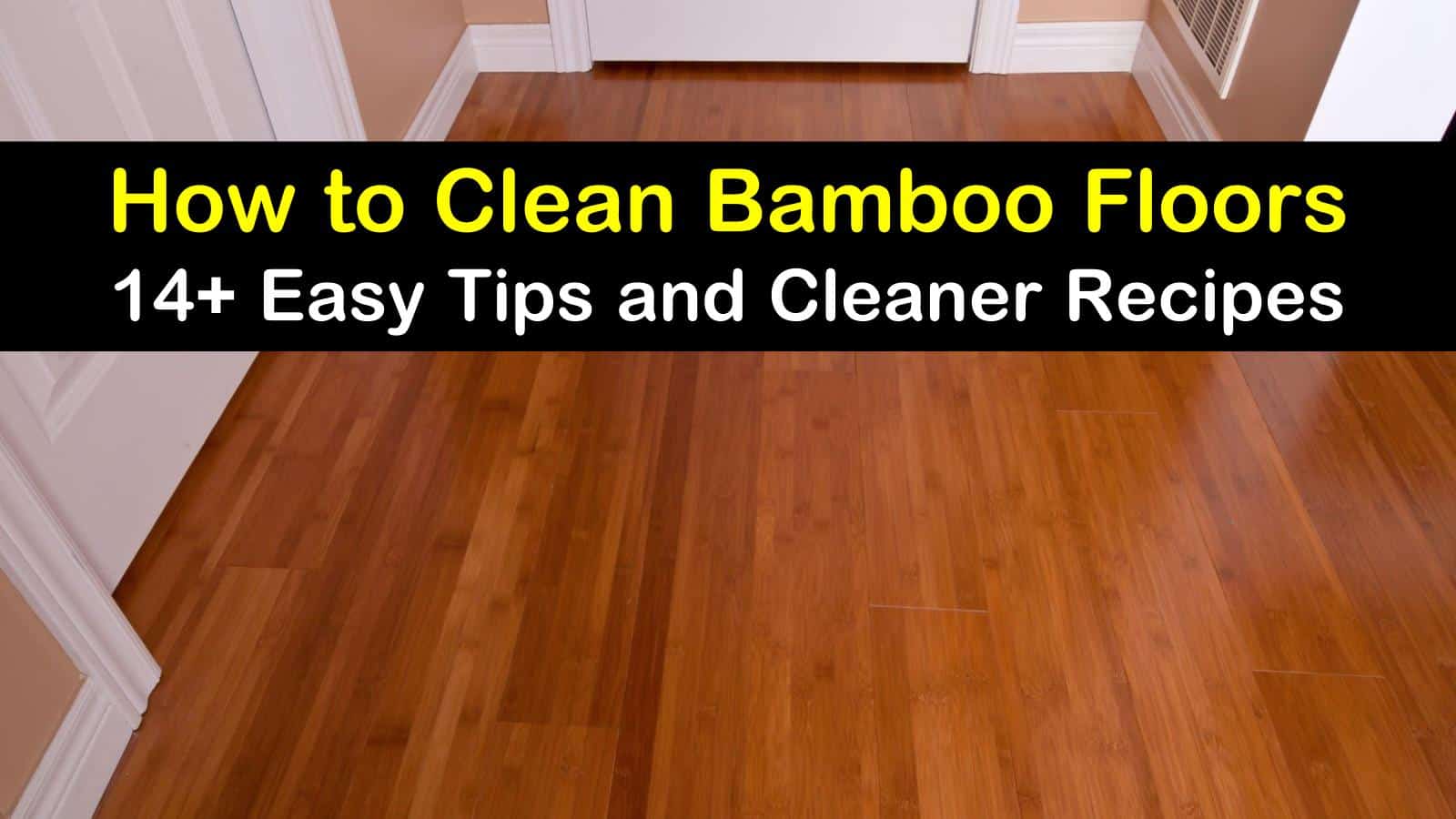The Durability of Bamboo Flooring When Exposed to Water Spills
Bamboo flooring has gained popularity in recent years due to its eco-friendly nature and durability. However, a common concern among homeowners is how bamboo flooring holds up when exposed to water spills. We will explore the durability of bamboo flooring in the face of water spills and how it compares to other flooring options.
- Bamboo’s Natural Resistance to Water: Bamboo flooring, when properly installed and sealed, exhibits a natural resistance to water. The composition of bamboo, with its tightly packed fibers, makes it less susceptible to water damage compared to traditional hardwood flooring. The natural resistance of bamboo can help protect it from minor water spills, preventing immediate damage and allowing time for cleanup.
- Immediate Clean-up is Key: While bamboo flooring is more water-resistant than other hardwood options, it is essential to clean up water spills promptly. Even with its natural resistance, prolonged exposure to water can still cause damage to the bamboo. Therefore, it is crucial to immediately wipe away any water spills, preventing moisture from seeping into the flooring and causing potential issues.
- Addressing Larger Water Spills: In the case of larger water spills, such as flooding or major leaks, bamboo flooring may be more susceptible to damage. It is vital to address these situations promptly to minimize the impact on the flooring. If faced with significant water damage, it is recommended to consult a professional to assess the extent of the damage and determine the best course of action.
- Proper Maintenance and Care: To ensure the long-term durability of bamboo flooring, regular maintenance and care are essential. This includes using a damp mop or cloth for routine cleaning, avoiding excessive moisture, and promptly addressing any water spills or stains. Additionally, periodically inspecting the flooring for signs of damage or wear can help detect any potential issues early on.
- Comparing Bamboo to Other Flooring Options: When it comes to water resistance, bamboo flooring performs admirably compared to traditional hardwood flooring. While it may not be as impervious to water as tile or vinyl flooring, bamboo still offers a reliable level of durability when exposed to water spills. It is important to consider the specific needs and preferences of your household when selecting flooring materials.

How to Properly Clean and Maintain Bamboo Flooring After a Water Spill
Bamboo flooring can enhance the aesthetic appeal of any space, but it requires proper cleaning and maintenance, especially after a water spill. We will discuss the steps to effectively clean and maintain bamboo flooring to minimize the potential damage caused by water spills.
Assess the Damage: When faced with a water spill, the first step is to assess the extent of the damage. If the spill is minor and has been promptly addressed, the damage may be minimal. However, if the spill has been left unattended for an extended period or is substantial, it may require more intensive cleaning and potential repairs.
Remove Excess Moisture: After assessing the damage, it is crucial to remove any excess moisture from the bamboo flooring. Start by blotting the affected area with a clean, dry cloth or paper towels. Avoid rubbing the spill, as it may push the water deeper into the flooring. Repeat this process until no more moisture is absorbed.
Clean with Mild Soap and Water: Once the excess moisture is removed, clean the affected area with a mixture of mild soap and warm water. Use a soft cloth or mop dampened with the solution to gently clean the bamboo flooring. Avoid using excessive water or harsh cleaning agents, as they can damage the flooring. Rinse the cloth or mop frequently to prevent spreading dirt or residue.
Dry Thoroughly: After cleaning, it is essential to thoroughly dry the bamboo flooring. Use a dry cloth or towel to remove any remaining moisture. For faster drying, you can also use a fan or open windows to promote air circulation. Ensuring the flooring is completely dry helps prevent further damage and the growth of mold or mildew.
Apply Protective Coating: To provide an extra layer of protection to your bamboo flooring, consider applying a protective coating after cleaning and drying. There are various bamboo-specific sealants and finishes available in the market. Follow the manufacturer’s instructions to apply the coating evenly and allow it to dry completely before allowing foot traffic.
Preventing Water Damage to Bamboo Flooring
While bamboo flooring has natural water resistance, it is still important to take preventative measures to protect it from water damage. Let’s discuss some effective tips and techniques to prevent water damage to bamboo flooring, ensuring its longevity and durability.
Use Area Rugs and Mats: Placing area rugs or mats in high-risk areas, such as near entryways or in kitchens and bathrooms, can help protect bamboo flooring from water spills. These rugs or mats act as a barrier, absorbing any water and preventing it from reaching the bamboo flooring. Make sure to choose rugs or mats with non-slip backing to avoid any accidents.
Wipe Your Feet: Encourage family members and guests to wipe their feet thoroughly before entering the house. Providing doormats or shoe brushes at entry points can help remove excess moisture and dirt from shoes, minimizing the risk of water spills on the bamboo flooring.
Use Floor Protectors: When placing furniture on bamboo flooring, use floor protectors, such as felt pads or rubber caps, to prevent scratches or water damage. These protectors provide a cushioning effect, reducing the impact on the flooring and preventing water spills caused by furniture.
Be Cautious with Water-Related Activities: Exercise caution when engaging in water-related activities near bamboo flooring. In the kitchen, use mats or trays under sinks, dishwashers, and refrigerators to catch any water drips or spills. In bathrooms, use bath mats outside the shower or bathtub to prevent water from splashing onto the flooring.
Regularly Inspect for Leaks: To prevent water damage, regularly inspect the areas around plumbing fixtures and appliances for any signs of leaks. Look for water stains, dampness, or unusual odors. If you notice any issues, promptly address them to prevent water from seeping into the bamboo flooring and causing damage.
The Importance of Immediate Action When Dealing with Water Spills on Bamboo Flooring
When water spills occur on bamboo flooring, prompt action is crucial to minimize potential damage. We will emphasize the importance of immediate action and provide steps to take when dealing with water spills on bamboo flooring.
Act Quickly: Time is of the essence when it comes to water spills on bamboo flooring. The longer the water sits on the surface, the higher the chances of it seeping into the bamboo and causing damage. As soon as you notice a spill, take immediate action to prevent further harm.
Absorb Excess Moisture: Start by using a clean cloth, sponge, or paper towels to absorb as much moisture as possible. Gently press the cloth onto the spill and avoid rubbing, as it may push the water deeper into the flooring. Repeat this process with fresh towels until no more moisture is absorbed.
Dry the Area: After absorbing the excess moisture, it is crucial to dry the affected area thoroughly. Use a dry cloth or towel to remove any remaining moisture. To expedite the drying process, you can use a fan or dehumidifier, and open windows to improve air circulation. Ensure the flooring is completely dry to prevent further damage.
Inspect for Damage: Once the area is dry, inspect the bamboo flooring for any signs of damage. Look for warping, discoloration, or changes in texture. If you notice any significant damage, it is best to consult a professional for further assessment and potential repairs.
Monitor for Mold or Mildew: Even with prompt action, there is still a risk of mold or mildew growth after a water spill. Monitor the affected area for any signs of mold, such as a musty smell, discoloration, or fuzzy growth. If mold is present, it is essential to address it promptly to prevent further damage to the bamboo flooring and potential health risks.
Enhancing its Resilience Against Water Spills
While bamboo flooring has natural water resistance, homeowners may opt for additional waterproofing methods to enhance its resilience against water spills. Let’s explore various waterproofing options for bamboo flooring, helping you make an informed decision to protect your investment.
Polyurethane Sealants: Polyurethane sealants are commonly used to waterproof bamboo flooring. These sealants create a protective barrier on the surface of the flooring, preventing water from seeping into the bamboo. It is essential to choose a high-quality, water-based polyurethane sealant and follow the manufacturer’s instructions for proper application.
Oil-Based Sealants: Oil-based sealants, such as tung oil or linseed oil, can also be used to waterproof bamboo flooring. These sealants penetrate the bamboo fibers, providing a protective layer that repels water. However, oil-based sealants may require more frequent reapplication compared to polyurethane sealants.
Waterproofing Membranes: Waterproofing membranes are thin layers of material that are applied underneath the bamboo flooring during installation. These membranes act as a barrier, preventing water from penetrating the flooring. It is crucial to ensure that the waterproofing membrane is compatible with bamboo flooring and follow the manufacturer’s guidelines for installation.
Epoxy Coatings: Epoxy coatings provide a durable and long-lasting waterproofing solution for bamboo flooring. These coatings create a seamless, waterproof layer that protects the bamboo from water spills. However, epoxy coatings may require professional installation and can be more expensive compared to other waterproofing options.
Waterproof Bamboo Flooring: Another option to consider is purchasing bamboo flooring that is specifically designed to be waterproof. These types of flooring have a waterproof core and a top layer that mimics the look of natural bamboo. Waterproof bamboo flooring eliminates the need for additional waterproofing methods and provides enhanced protection against water spills.
Easy Ways to Clean Bamboo Floors
Related Posts:
- How Much Does It Cost To Install Bamboo Flooring
- Bamboo Flooring Designs
- Maintenance Of Bamboo Flooring
- Average Cost Of Bamboo Flooring
- Commercial Bamboo Flooring
- Modern Bamboo Flooring
- Hand Scraped Strand Woven Bamboo Flooring
- Carbonised Bamboo Flooring
- Bamboo Floor Care Maintenance
- Can Bamboo Flooring Be Used In A Bathroom?




